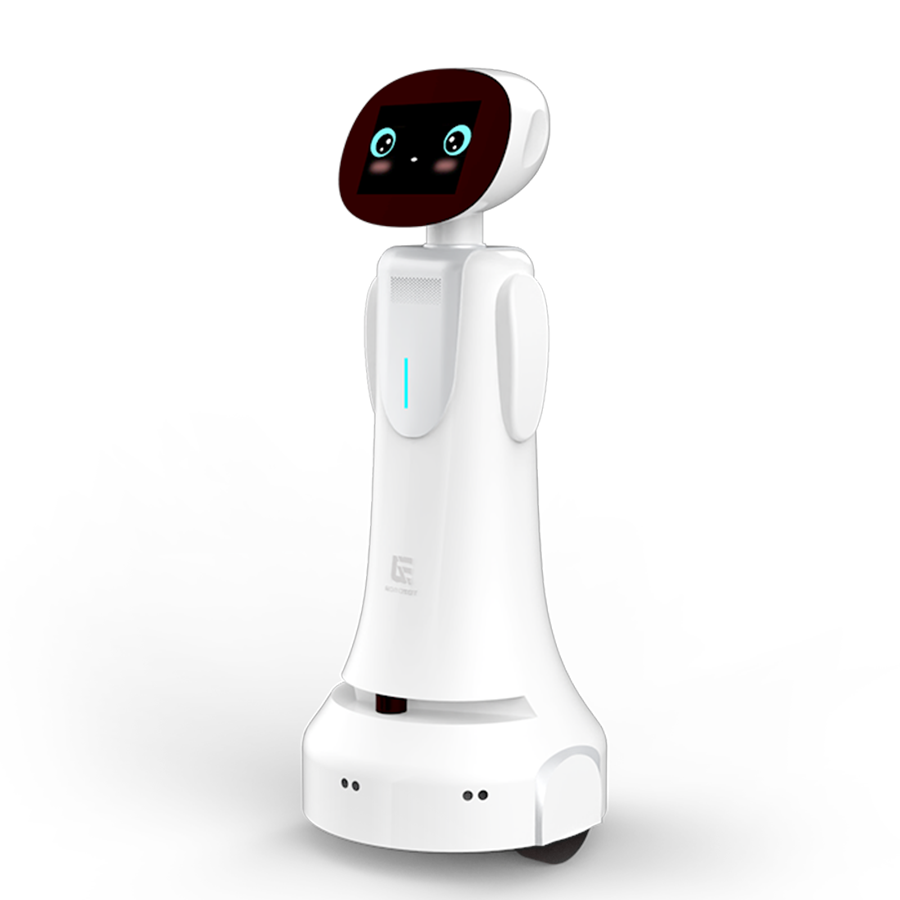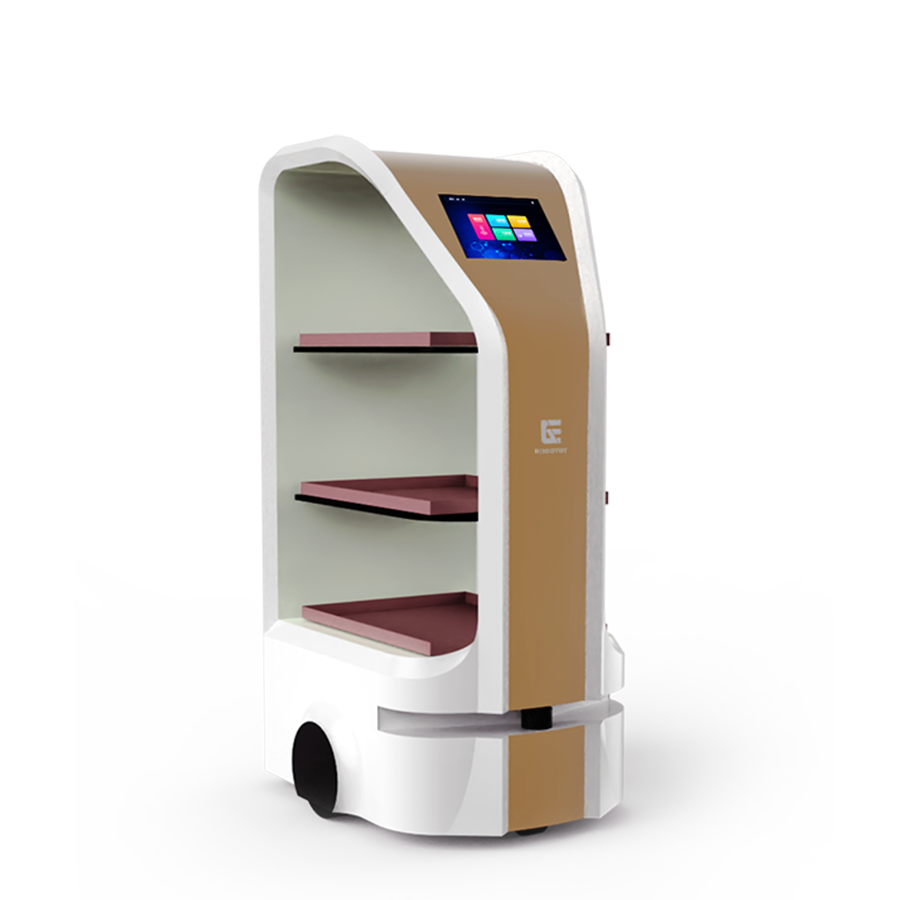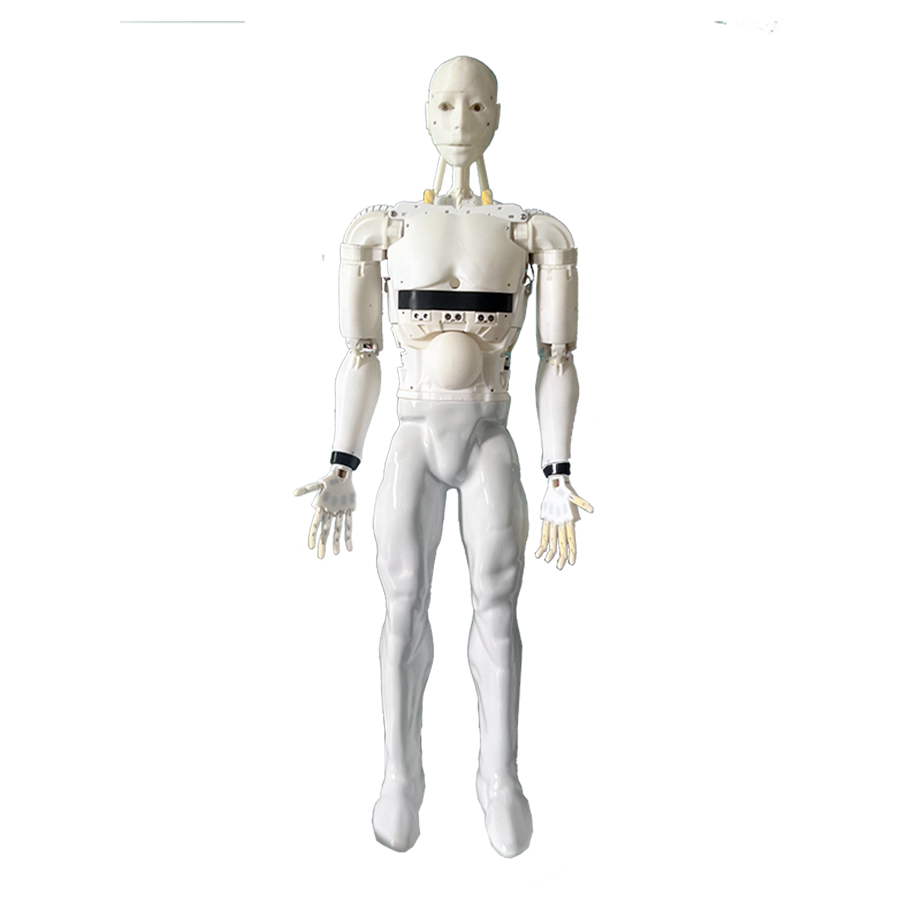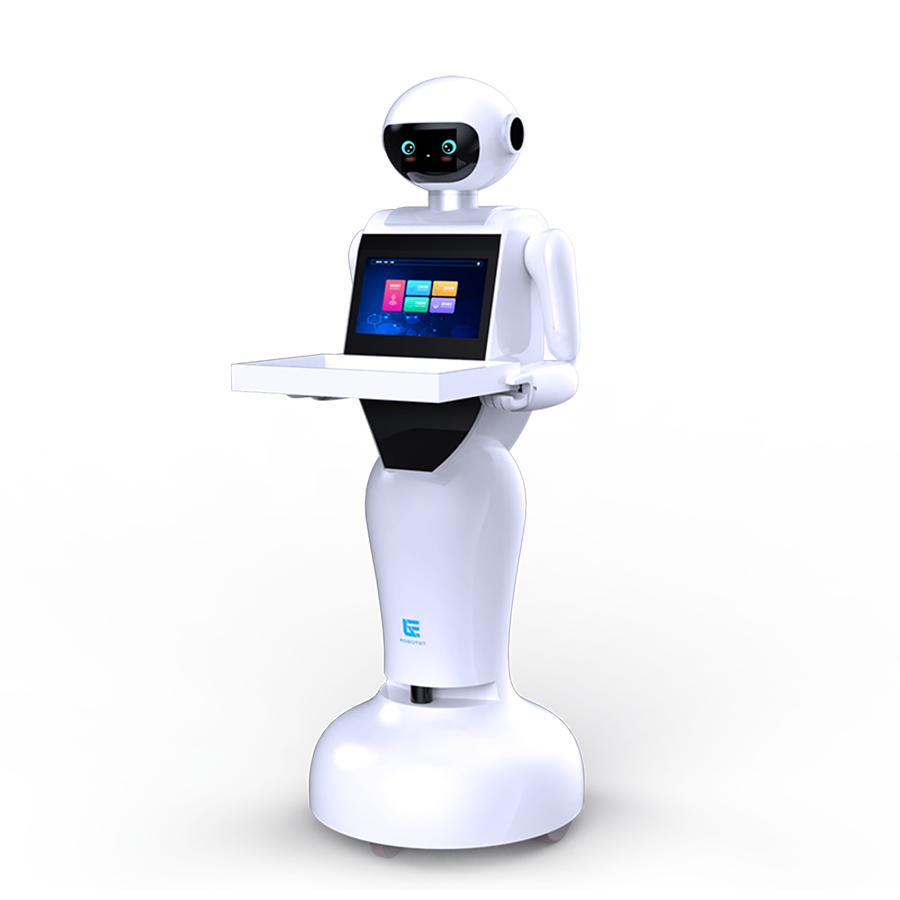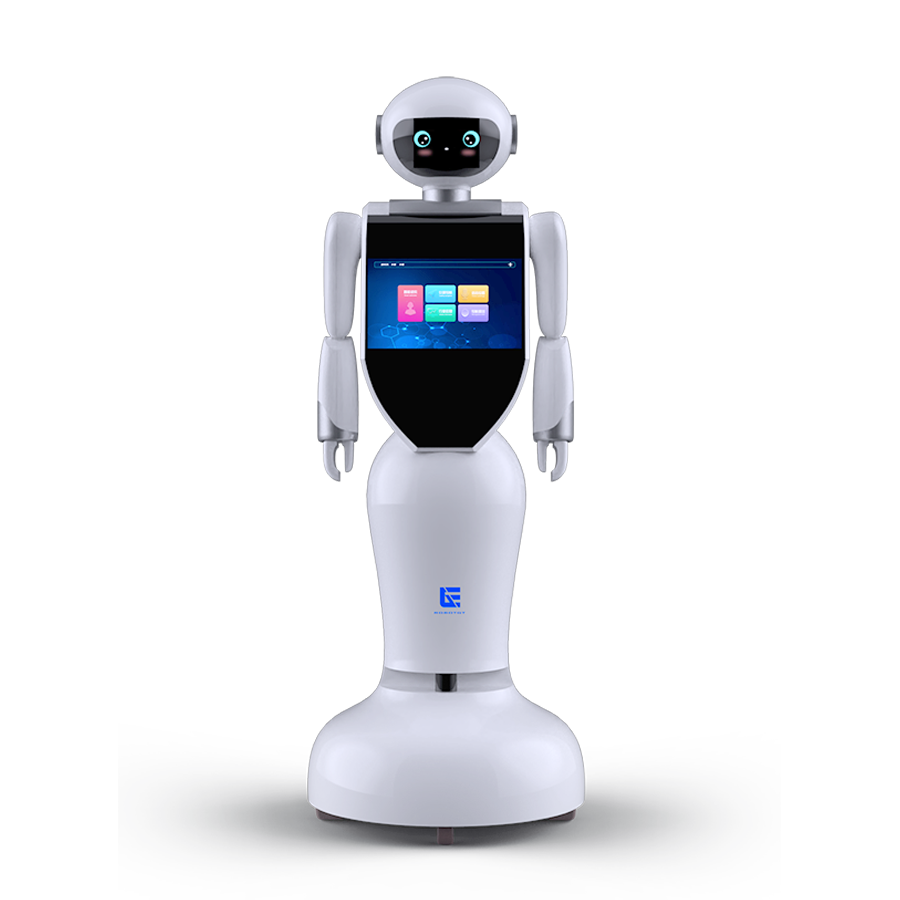

What are the main applications of mobile robot vision systems?
2024-01-28
In the past decade, with researchers investing a lot of research work, theories such as computer vision and machine vision have been continuously developed and improved. The vision system of mobile robots has involved image acquisition, compression coding and transmission, image enhancement, edge detection, threshold segmentation, target recognition, 3D reconstruction, and almost covers all aspects of machine vision. The mobile robot vision system is mainly applied in the following three aspects:
1. Use visual inspection for product inspection, replacing human visual inspection. Including: shape inspection, which checks and measures the geometric dimensions, shape, and position of the parts; Defect inspection, that is, checking whether the parts are damaged or scratched; Complete inspection refers to checking whether the parts on the components are complete.
2. Identify each component to be assembled one by one, determine its spatial position and direction, guide the robot's hands to accurately grasp the required parts, and place them in designated positions to complete classification, handling, and assembly tasks.
3. Navigation for mobile robots, utilizing visual systems to provide external information about their environment, enabling the robot to autonomously plan its path, avoid obstacles, safely reach its destination, and complete designated work tasks.
The first two belong to the category of industrial robots, and with the development of technology, researchers have also proposed the concept of visual servo. Visual navigation, whether autonomous, semi autonomous, or the earliest remote control methods, is an interactive process between the actor (subject) and the environment (object) to complete a certain task.
However, the vision of mobile robots has not yet reached the level where vision is so important compared to humans, largely due to the inadequate theory and methods of visual information processing. Cameras can scan environmental images with millions or even tens of millions of pixels in a very short time, even surpassing the information collection ability of human eyes today. However, in terms of processing methods and speed, they are far from comparable to humans.
However, it can be believed that with the advancement of microelectronics technology and the development of computer vision, the visual function of mobile robots will become increasingly powerful, and the proportion of machine vision in mobile robot information perception will also increase.


